
4-Xtremes – Part 32: between bureaucracy and beauty
Series: 4-Xtremes – The World Tour
Pedantic border guards, a pink lake and a pantomime-like tour around prehistoric relics – the journey continued into Ukraine where Andrea and Mike experienced the odd treat here and there.
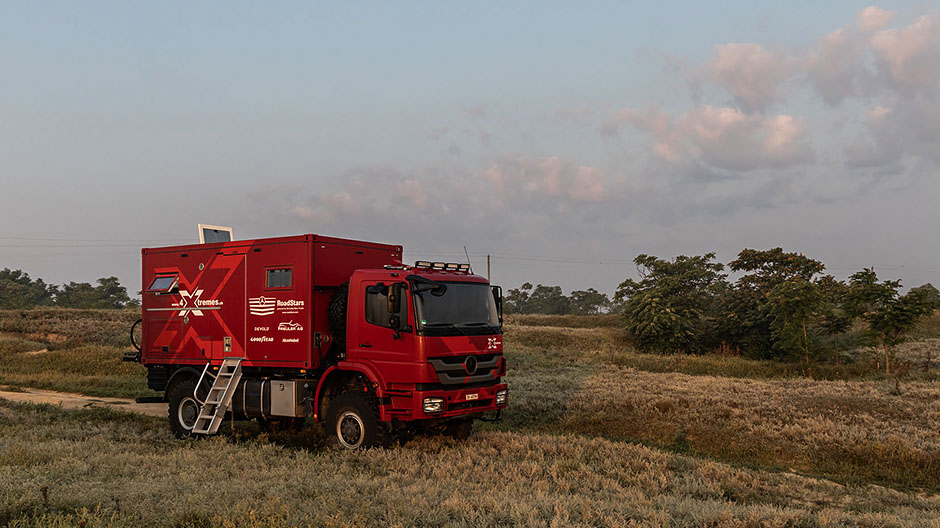
Just thinking of films from the Soviet era conjures up all sort of terrifyingly hostile scenes of espionage. And so it’s no wonder that Ukraine is not necessarily high up on the list of top tourist destinations. But who would have thought that the country had so much to offer?
More on that shortly, but let’s first go back to Moldova, from where we – equipped with our Romanian corona test result – wanted to cross the next border. With Ukraine firmly in our sights, Moldova was intended merely as a transit country for us. Between Moldova and Ukraine lies the independent, yet officially unrecognised state of Transnistria. Passing via this state is the most direct and shortest route into Ukraine. Every other route on Moldavian soil would have meant covering many more miles.
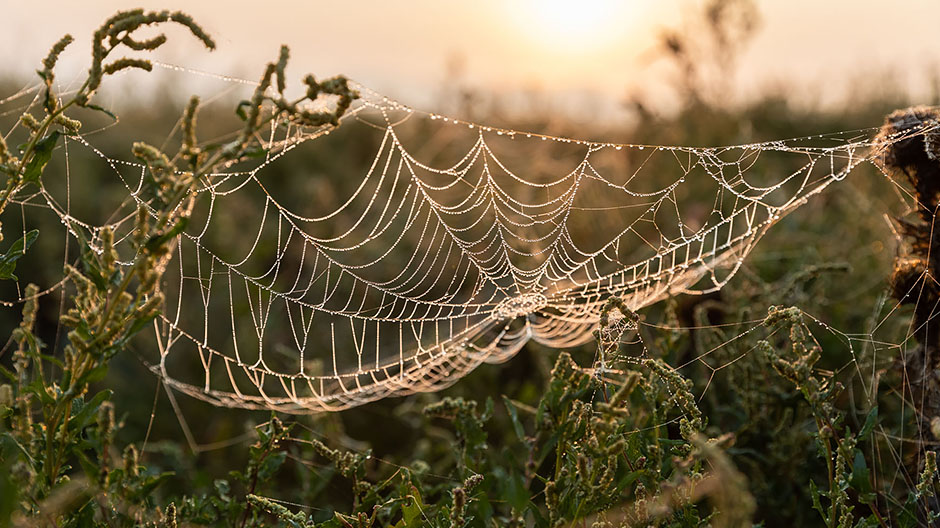
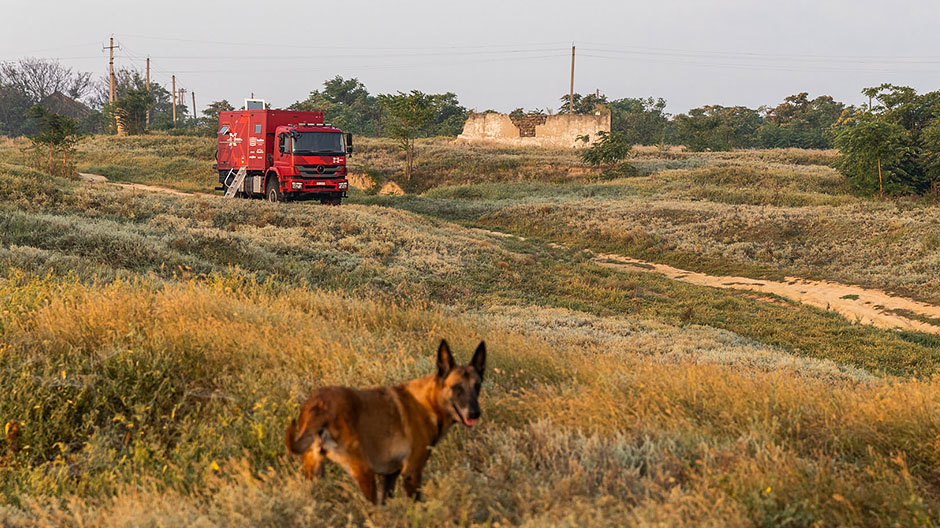
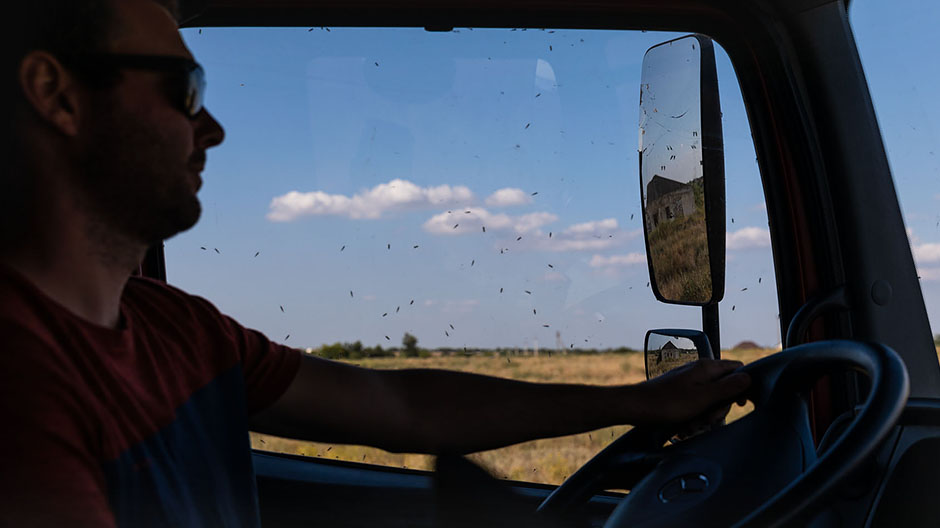
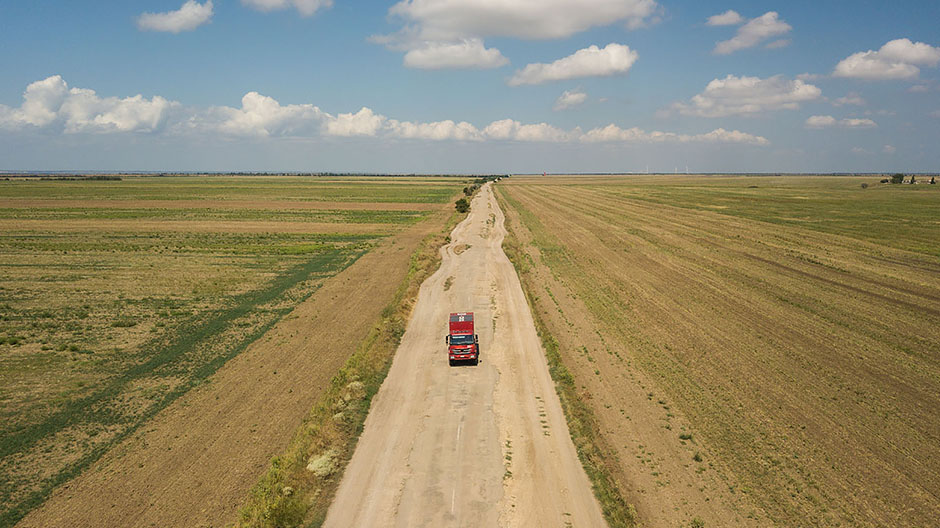
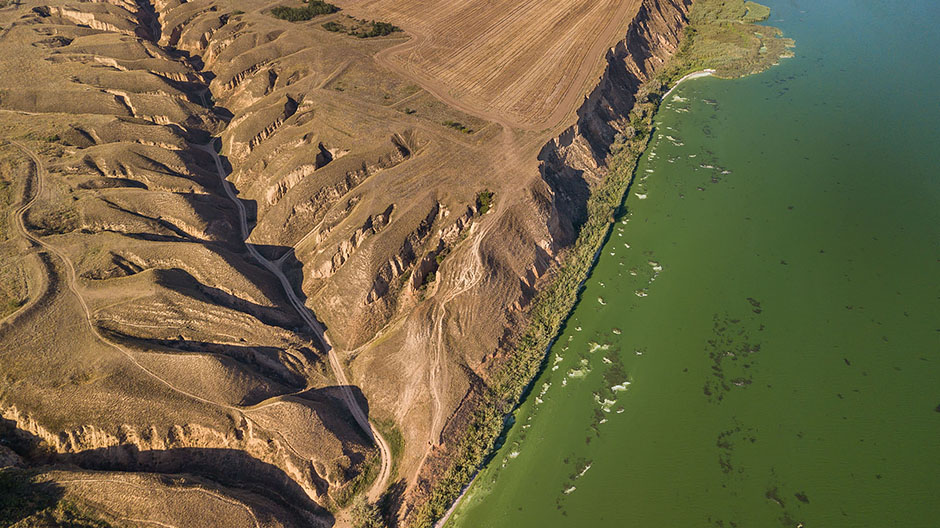
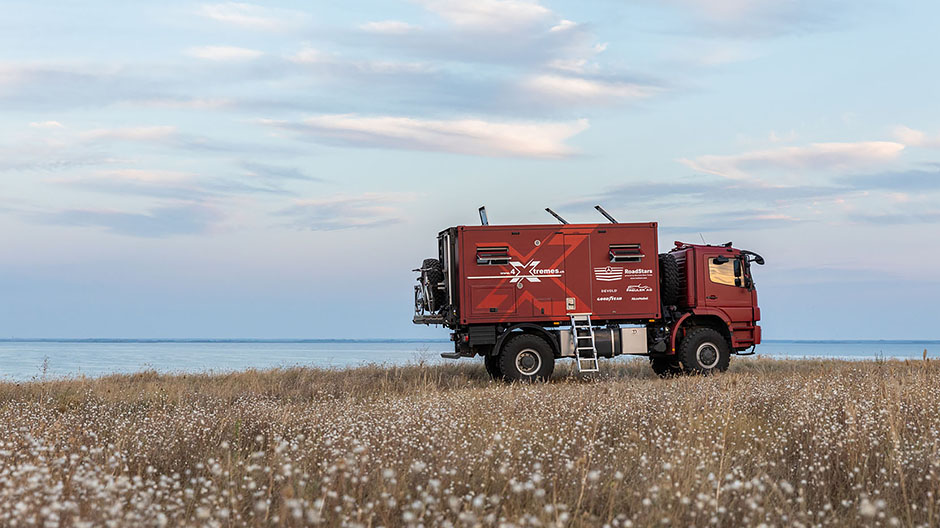
No local currency. No entry.
We had already passed the border checks into this unrecognised republic and the entry formalities were sorted. All that was left was for us to pay the toll charges – and that’s exactly where we came unstuck. As we had crossed Moldova without stopping, we didn’t have any of the local currency. The border force don’t accept credit cards, US dollars or Romanian lei. We resigned ourselves to the fact that we would need to turn around and take the long-winded route through Moldova.
Then, when we finally crossed into Ukraine, we experienced the next bureaucratic hurdle: among the formalities was the download of an app and the requirement to conduct an antigen test in the country within 72 hours. Everything is subject to a very strict procedure here: the tests can only be carried out in specific, certified laboratories which then, in turn, would approve us in the app on behalf of the state so that we could move freely within the country. This was somewhat reminiscent of the Soviet era.
The Axor can handle even the biggest potholes.
The condition of the roads also left us with the same feeling! In Moldova, we had already spent more time bouncing around than actually driving. We laboriously tackled the patchwork of tar, gravel and concrete. And believe it or not, off-road tracks are actually much less damaging to the vehicle than the hard asphalt edges of potholes. Thankfully though, the Axor reliably mastered even this challenge. That said, Mike regularly checked that all of the important bolts were tightly fastened. And finally, after two days, we were able to take an antigen test in Odessa and also received our authorisation in the app on the same day.
Besides the road conditions, there was another aspect which we found especially annoying: trying to get used to the permanent traffic jam and the chaos around Odessa. Plus there were some absolutely terrible drivers overtaking on the right, sometimes even at high speeds over the pavements. With an immense supply of adrenaline pumping through our veins, we left the town behind us and headed along the Black Sea in a north-easterly direction. Our first stop was in an eroded canyon above the sea where we set up camp on a cliff.
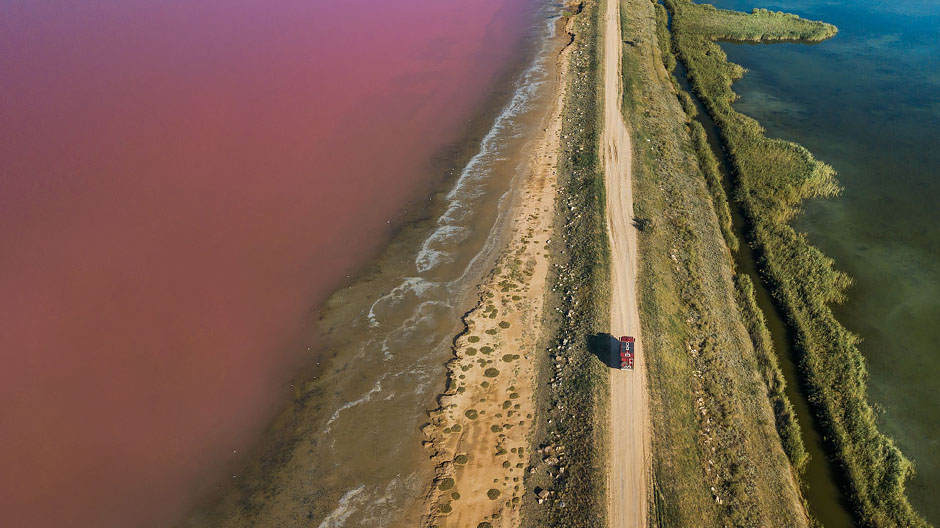
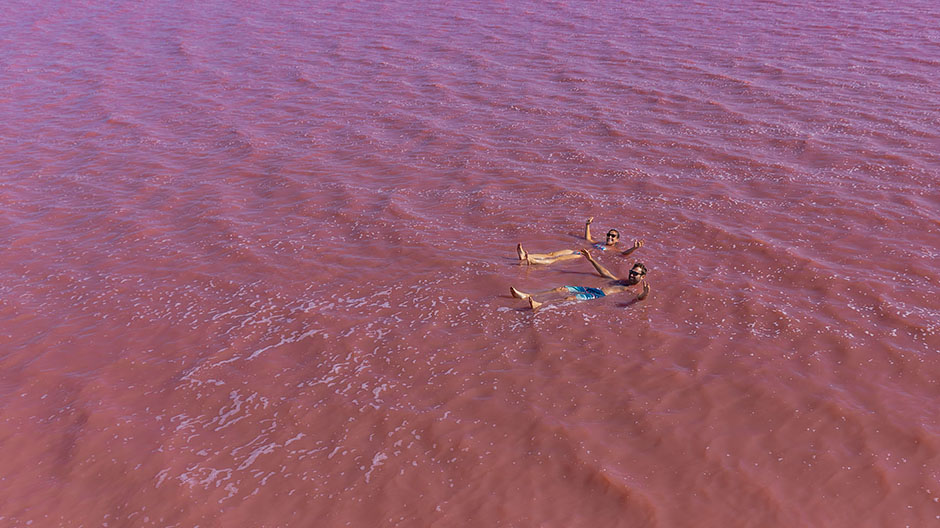

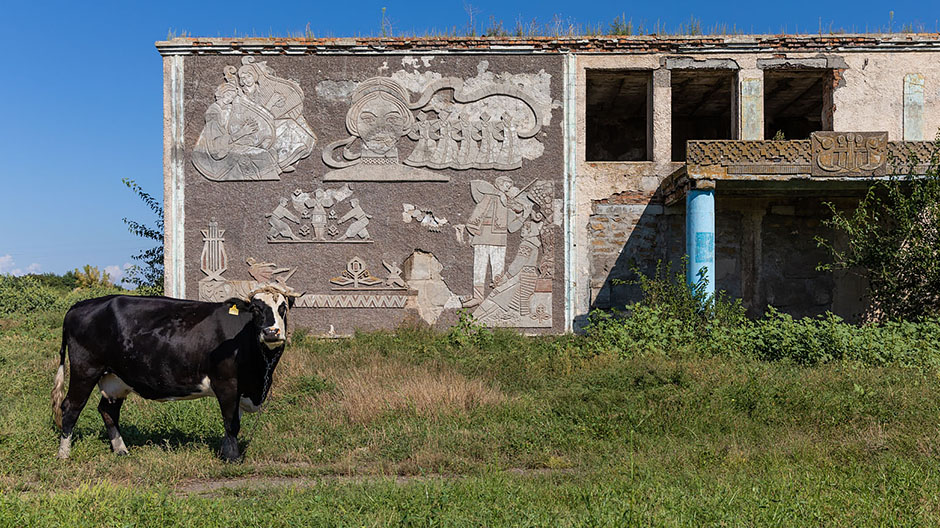
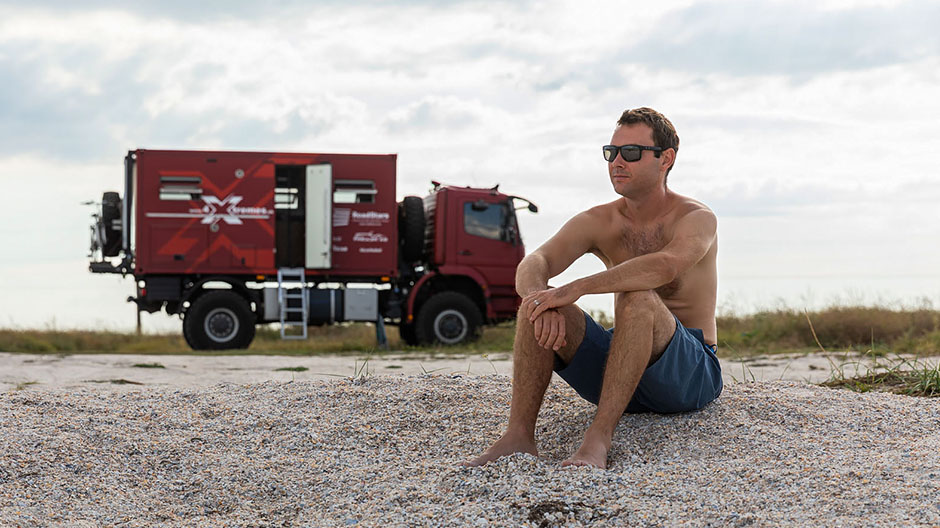
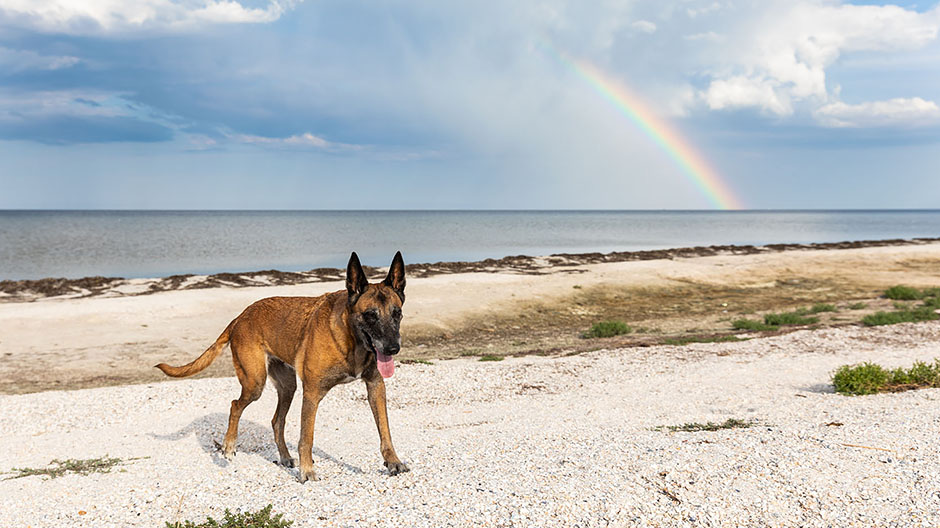
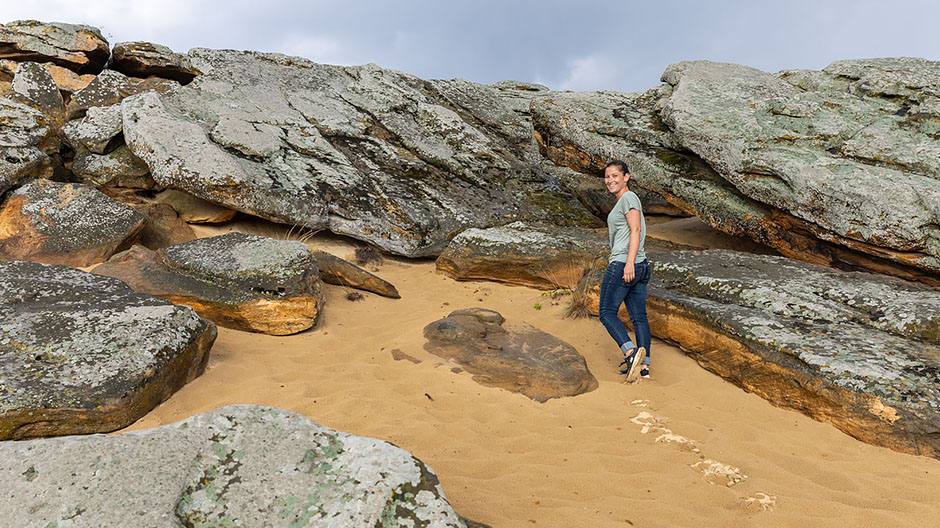
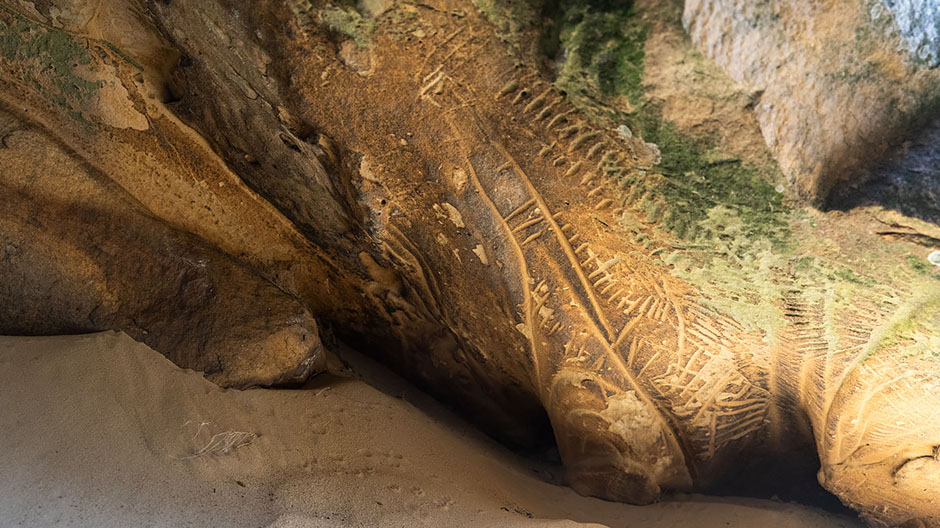
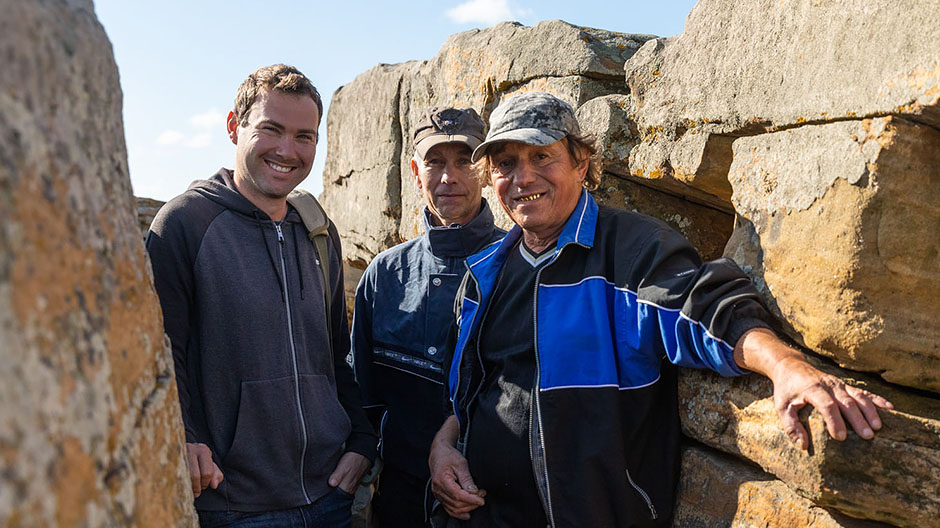
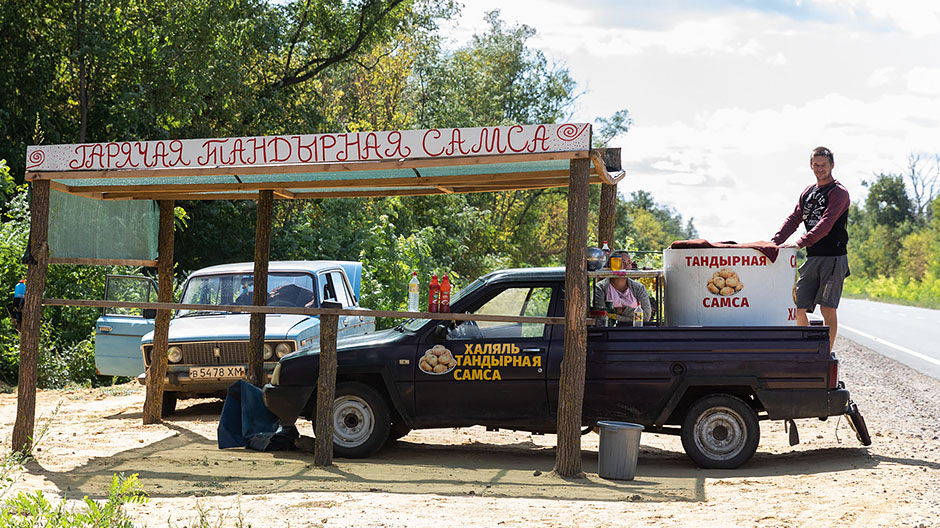
Romantic camp-fire atmosphere with home-made borscht.
Interestingly, Ukraine has several deserts. One of them is the Oleshky Sands desert which covers an impressive 160 square kilometres. The majority of it is used by the military, but in the south there is a nature reserve. This was our next stop and we were able to spend the night in the dunes, where we made our own borscht over the camp-fire. This dish is a traditional eastern European soup made with beetroot and white cabbage.
And who knows, maybe beetroot was even partly responsible for creating the next destination on our route: the Syvash – a pink-coloured lake! If all of the factors are right – temperature, incident sunlight and salt content – the beta-carotine of a specific green algae turns the lake pink, which makes for a truly unbelievable sight! At the other end of the Syvash is Crimea, whose border runs right through the body of water. The lake is comparably flat and has a very high salt content, which means that – just like in the Dead Sea – it’s virtually impossible to sink. We decided to take two days for ourselves and literally let ourselves be carried away.
Difficult to discover: remnants from prehistoric times.
Back on the road – or whatever it was that we were driving along – we bumped our way through small, peaceful villages with their many abandoned buildings, most of which are left-overs from Soviet days. Slowly but surely, we needed to get back on track with our schedule as we were only allowed to stay in Ukraine for 30 days.
Our next destination was the site of an archaeological dig from the Palaeolithic Age in the Zaporizhzhia Oblast district – probably one of the oldest historical sites which we have ever seen. Many of the grottos and caves have since collapsed or filled up with sand. To the untrained eye, it’s almost impossible to spot the traces of a former civilisation here. Somewhat underwhelmed, we spent the night on the visitor’s car park.
The next morning, we were out walking Aimée and bumped into one of the archaeologists. He told us he would happily show us some of the petroglyphs before the park opened for the day. As he couldn’t speak English and we don’t speak Ukrainian, he tried to explain the petroglyphs using pantomimes. From a distance, it must have looked quite amusing and we unfortunately only understood half of it! But it’s precisely this type of unexpected encounter that makes our journeys so worthwhile!
We were now parked on the banks of the immense Dnieper River where we decided to take a break. Sometimes, it’s only when we write up our reports that we actually realise just how much we have experienced along the way. And we can now confirm that Ukraine has so much to offer and is not as grey, dreary and inhospitable as you might think.
4-Xtremes – The World Tour.
An unparalleled journey.
Andrea and Mike Kammermann have been on tour in their Axor for three years. "4-Xtremes – The World Tour" is the motto of the journey that the two Swiss nationals embarked on in mid-2020 and which they share with the RoadStars community. Keep up to date and don't miss out on any of the stunning destinations visited by the adventurous pair.
You can find the current parts from the “4-Xtremes – The World Tour” series here.
You can find the route of the trip before the crossing to South America here.
Photos: 4-Xtremes




Comment
Please log in to post a comment.
8 comments
Wieder eine tolle Story mit atemberaubenden Bildern! 😍😍😍
DANKE, dass ihr uns so an eurer Reise teilhaben laßt!
Weiterhin alles Gute und Geduld im Umgang mit Bürokratie! 😉
Wieder eine tolle Story mit atemberaubenden Bildern! 😍😍😍
DANKE, dass ihr uns so an eurer Reise teilhaben laßt!
Weiterhin alles Gute und Geduld im Umgang mit Bürokratie! 😉
Langweilig wird Euch in dem Falle nie werden, allein ob der ganzen Herausforderungen mit dem ganzen unterschiedlichen "Behördenkram" 😉 Dafür gibts "Entschädigungen" mit einmaligen, unwiederbringlichen Eindrücken von Land u. Leuten 👍👏 Alles gute auf Euren weiteren "Welt-Erkundungen" u. weiterhin spannende "Zähnelangmach-"Reiseberichte für "Uns" hier im RoadStars-Forum ✌️
Langweilig wird Euch in dem Falle nie werden, allein ob der ganzen Herausforderungen mit dem ganzen unterschiedlichen "Behördenkram" 😉 Dafür gibts "Entschädigungen" mit einmaligen, unwiederbringlichen Eindrücken von Land u. Leuten 👍👏 Alles gute auf Euren weiteren "Welt-Erkundungen" u. weiterhin spannende "Zähnelangmach-"Reiseberichte für "Uns" hier im RoadStars-Forum ✌️
Viele Grüsse nach München, Andrea und Mike
Viele Grüsse nach München, Andrea und Mike
Übrigens der Amtsschimmel wiehert nicht nur in Deutschland und der Schweiz ...🐴🦄
Übrigens der Amtsschimmel wiehert nicht nur in Deutschland und der Schweiz ...🐴🦄